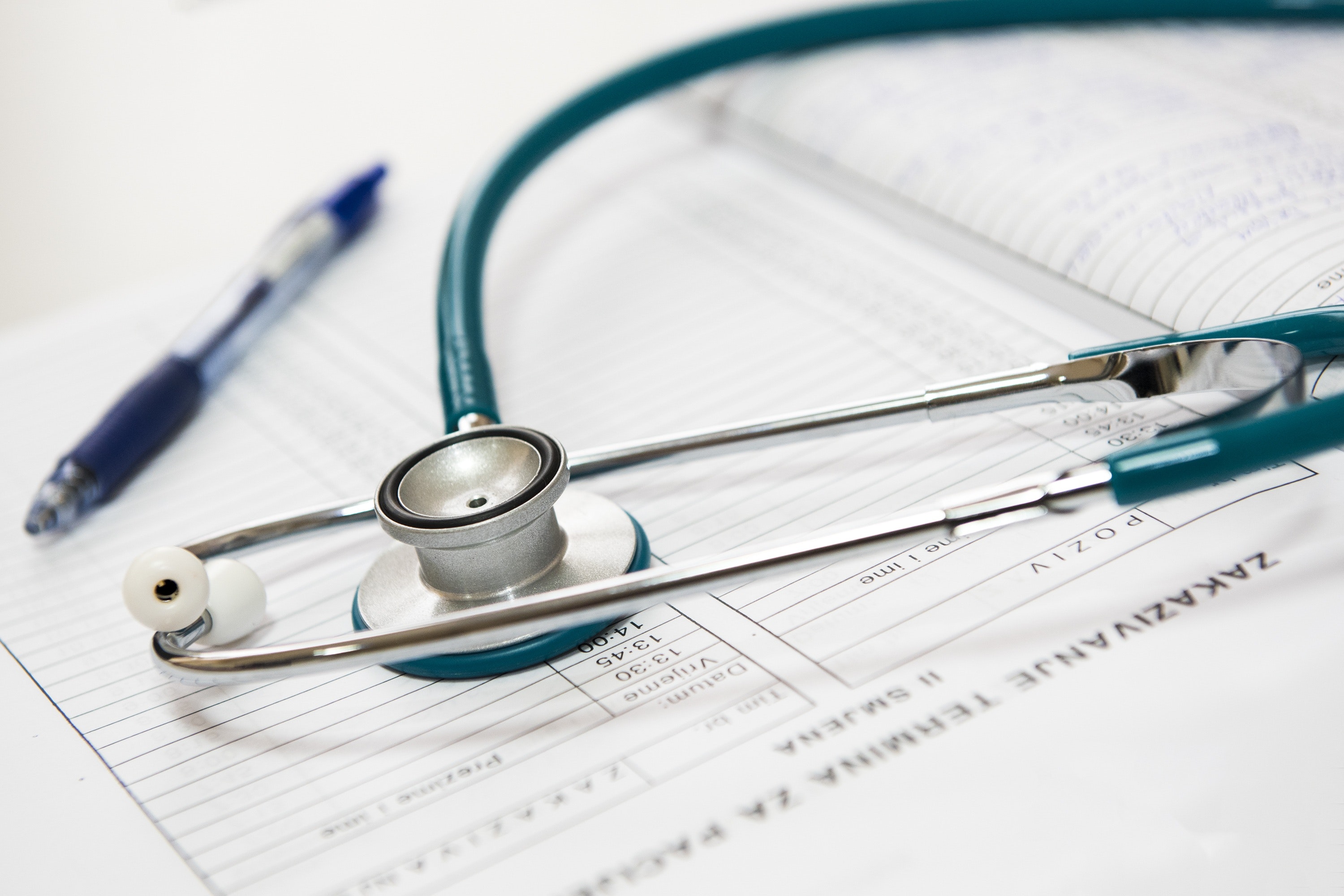
The
ULiSSESTM device won the 2019 grand prize for the
"Create the Future" Design Contest, an annual competition hosted by Tech Briefs Media Group and has now been put to the test. Developed over decades by teams at the Univerisity of Austin and
Vascular Perfusion Solutions, this device could increase the transportation time of donor's hearts and other vital organs from 4 hours to 24 hours.
The ability to preserve donor organs for 24 hours would revolutionize organ transplants, creating an opportunity for organs to be transported around the world. With five successful 24-hour trials on pig heart preservation and one dog heart preservation, the next
ULiSSESTM trials will involve pig heart transplants with a goal to move into human trials by 2021.
READ MORE
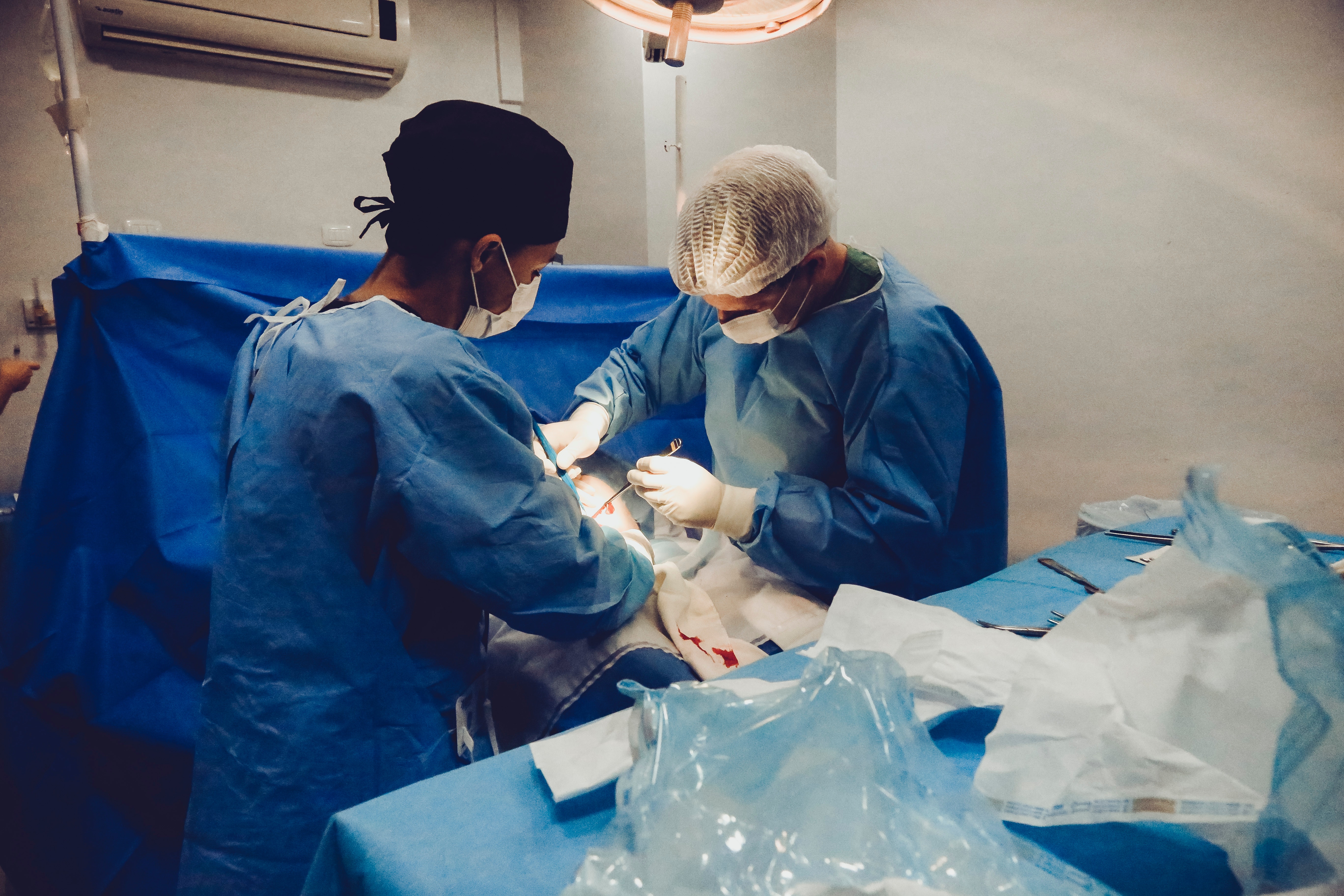 Although a standard practice in many European countries, a medical team in Hong Kong used the Organ Care System for the first time on a human heart transplant. Invented in the USA, the Organ Care System is superior to traditional ice boxes for transporting organs by keeping the heart warm and beating with oxygenated blood up to 10 hours. Dr Timmy Au Wing-kuk, chief of Queen Mary Hospital’s cardiothoracic surgery department where the medical procedure was performed, says the implementation of the Organ Care System can increase the number of successful transplants by 5 to 10 each year. This transport method also allows medical teams to use hearts that would have been disqualified previously due to donor's age, organ condition, or travel distance. Read More...
Although a standard practice in many European countries, a medical team in Hong Kong used the Organ Care System for the first time on a human heart transplant. Invented in the USA, the Organ Care System is superior to traditional ice boxes for transporting organs by keeping the heart warm and beating with oxygenated blood up to 10 hours. Dr Timmy Au Wing-kuk, chief of Queen Mary Hospital’s cardiothoracic surgery department where the medical procedure was performed, says the implementation of the Organ Care System can increase the number of successful transplants by 5 to 10 each year. This transport method also allows medical teams to use hearts that would have been disqualified previously due to donor's age, organ condition, or travel distance. Read More...

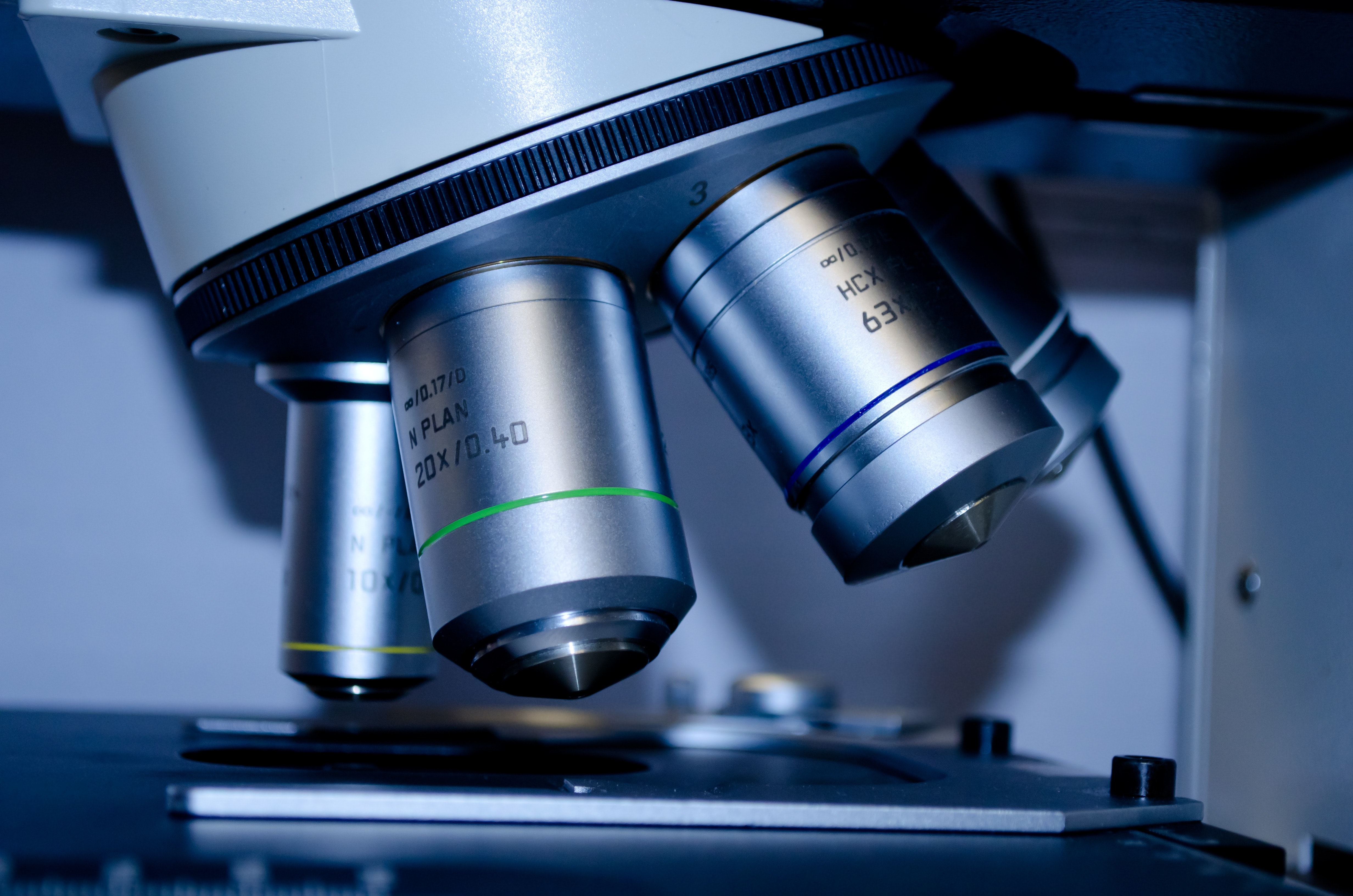 Over the past six years, researchers from the
Over the past six years, researchers from the  The
The 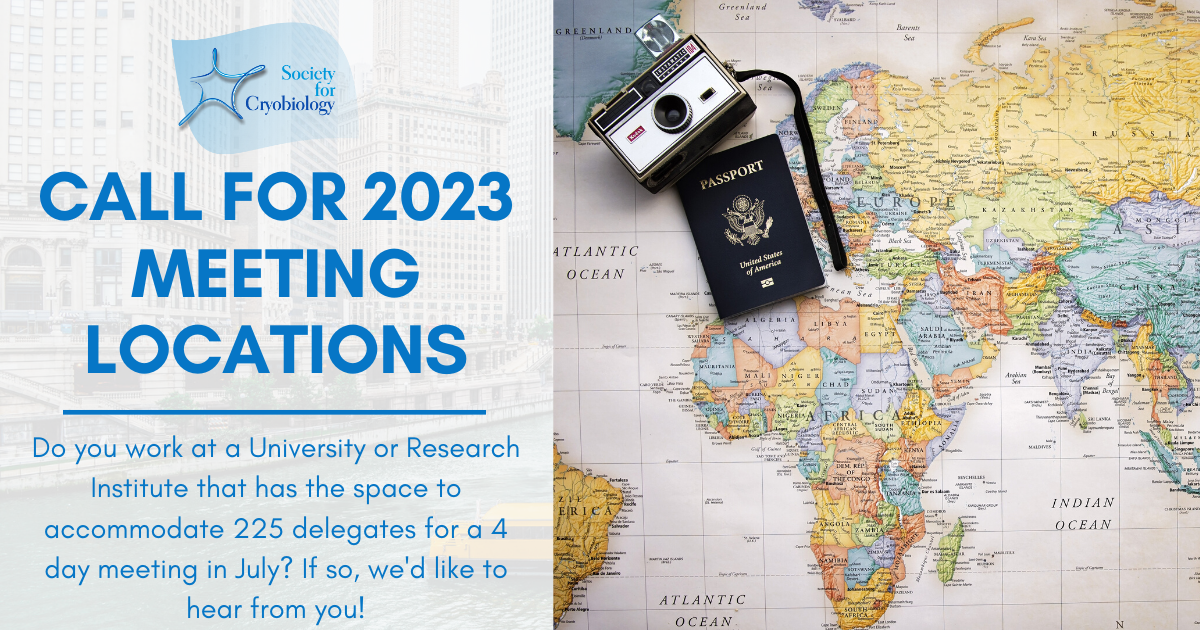
 A recent hiking trip turned frigid after t
A recent hiking trip turned frigid after t
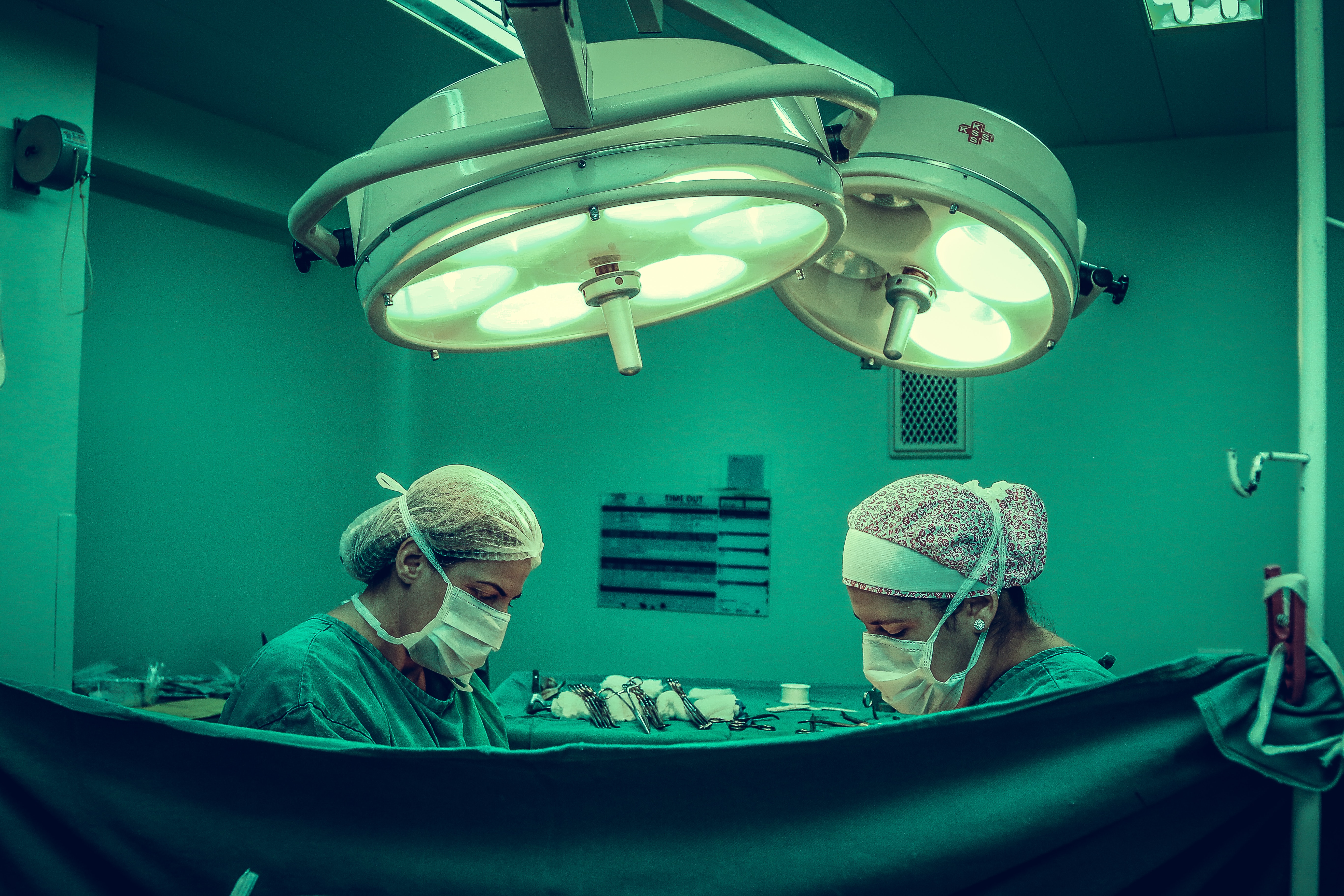 A team of medics at the University
A team of medics at the University 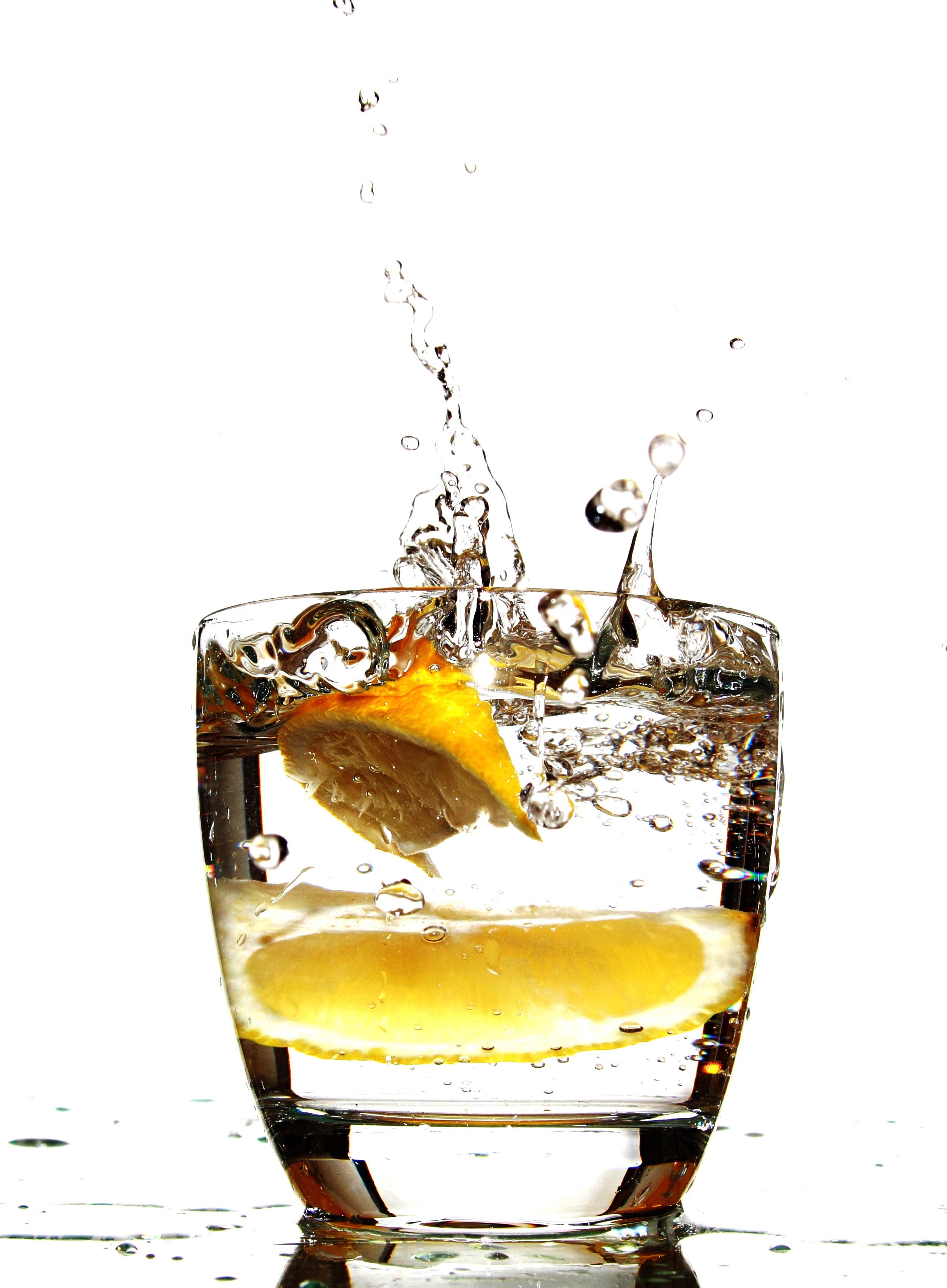
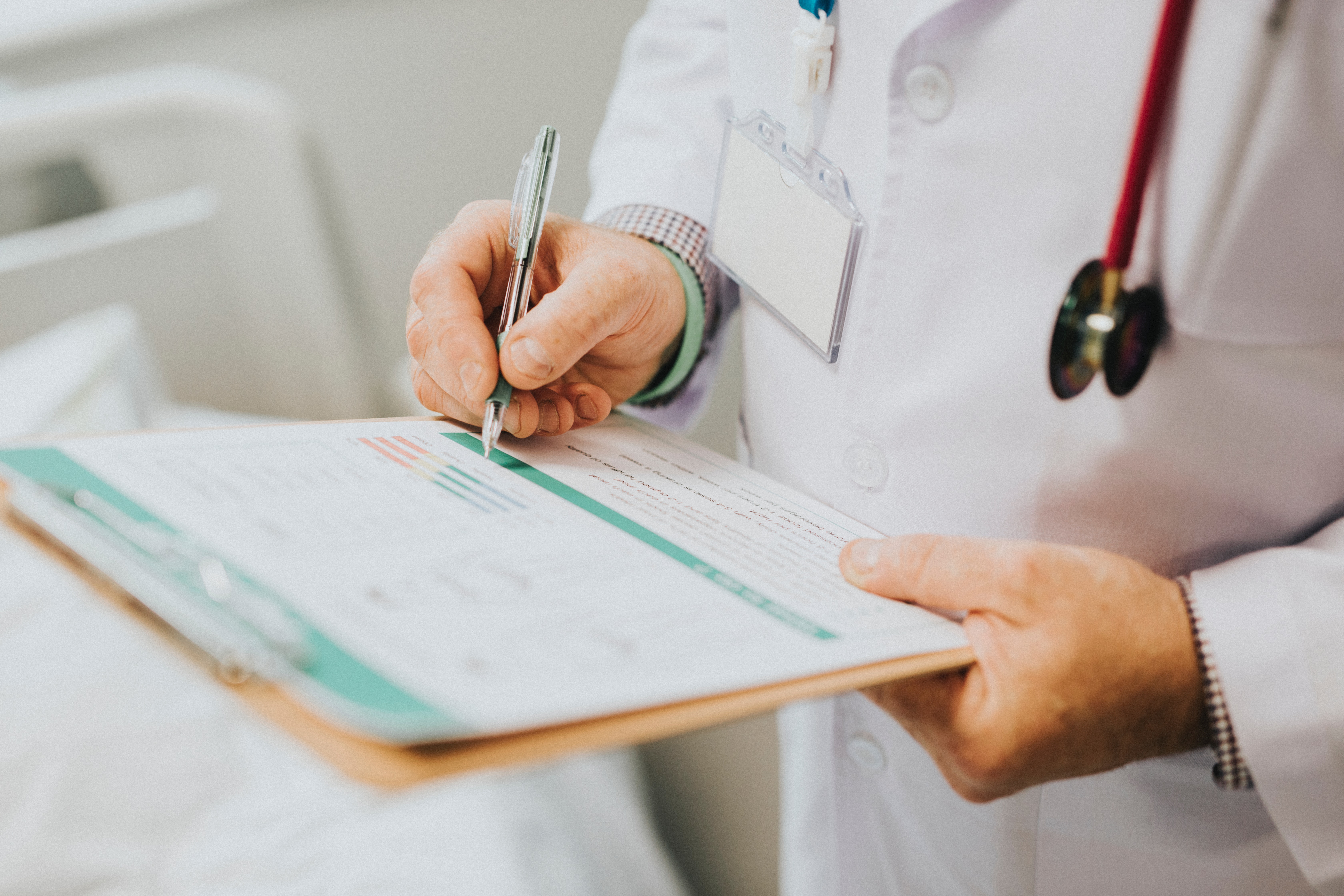 Researchers from Massachusetts General Hospital and Harvard Medical School began supercooling rat livers 5 years ago with the intention of being able to preserve human organs for more than the current 9 hours. Society for Cryobiology members,
Researchers from Massachusetts General Hospital and Harvard Medical School began supercooling rat livers 5 years ago with the intention of being able to preserve human organs for more than the current 9 hours. Society for Cryobiology members, 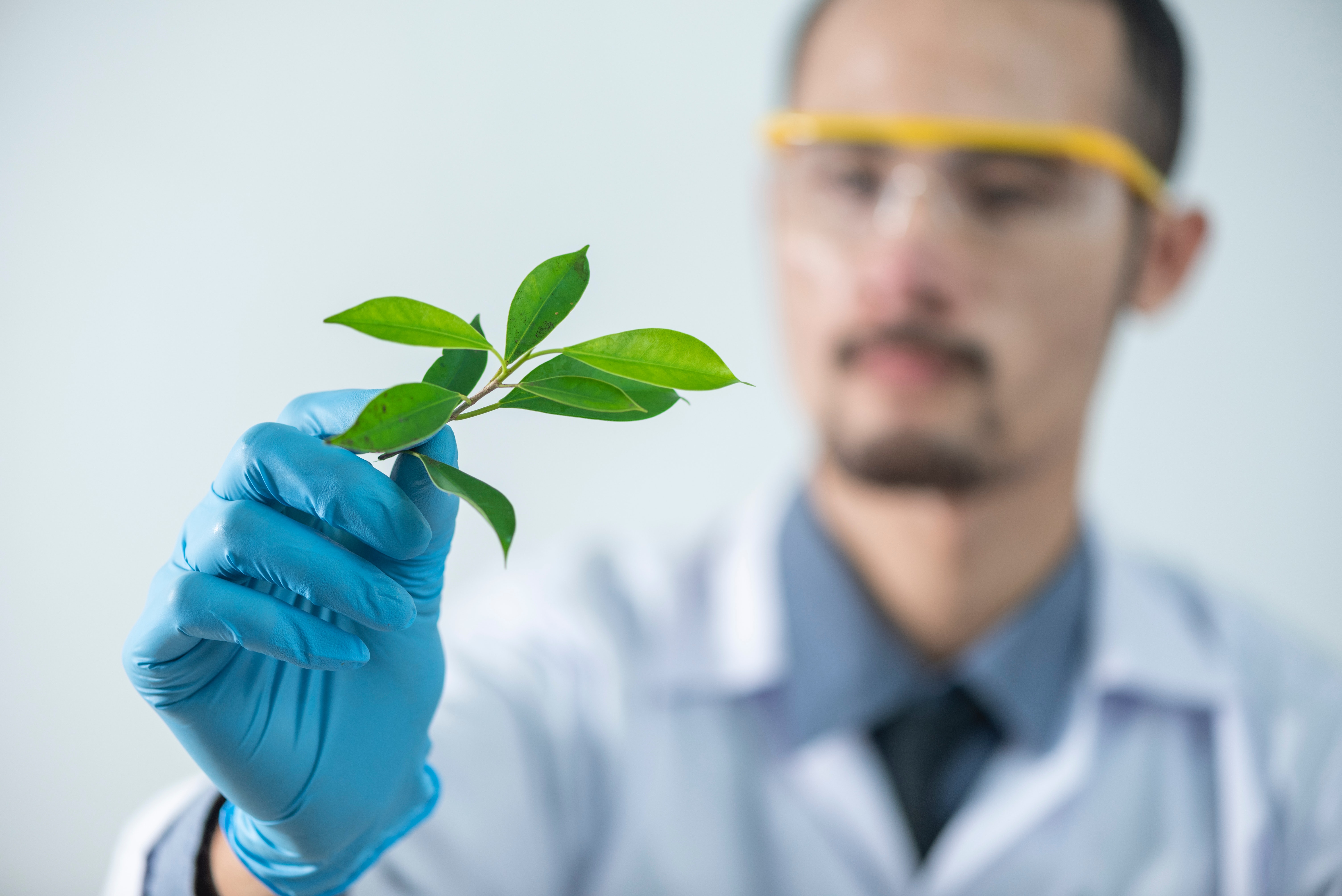 CRYO2019 Plenary speakers Bart Panis and Oliver Ryder have featured in a recent news article by Katharine Gammon, a freelance science writer in California, who attended CRYO2019 as our guest. Ryder, the director of the "Frozen Zoo", presented on the continuous efforts made by the San Diego zoo to cryopreserve genetic material from over 10,000 species. Panis, a senior researcher with the Leuven, Bioversity International, discussed with Gammon the massive ice cave-turned-seed bank,
CRYO2019 Plenary speakers Bart Panis and Oliver Ryder have featured in a recent news article by Katharine Gammon, a freelance science writer in California, who attended CRYO2019 as our guest. Ryder, the director of the "Frozen Zoo", presented on the continuous efforts made by the San Diego zoo to cryopreserve genetic material from over 10,000 species. Panis, a senior researcher with the Leuven, Bioversity International, discussed with Gammon the massive ice cave-turned-seed bank, 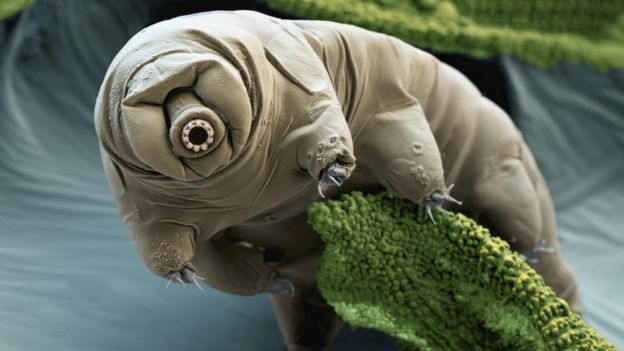 You shouldn't expect any Lunar base construction yet; the first know lunar "colonists" are
You shouldn't expect any Lunar base construction yet; the first know lunar "colonists" are 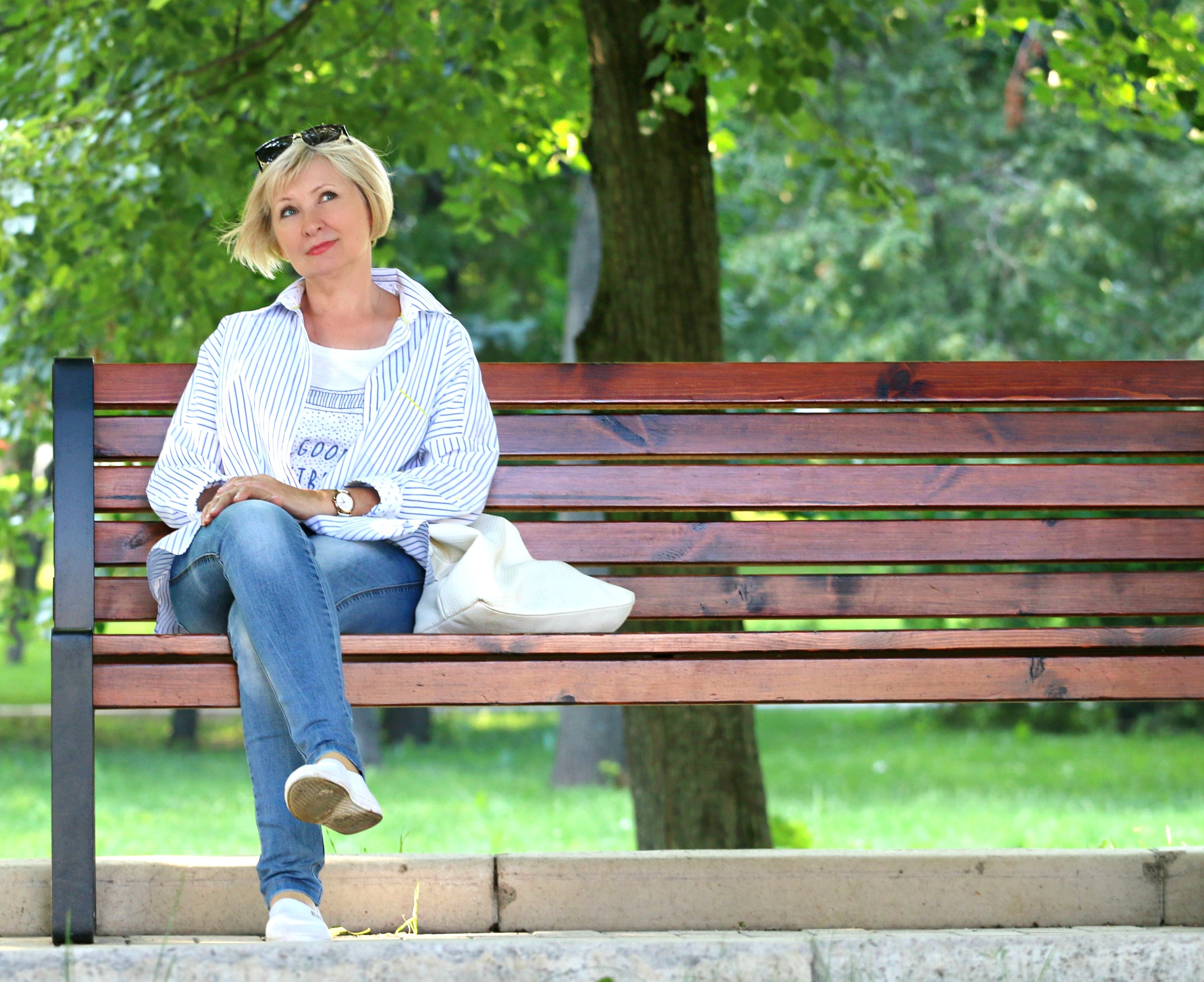 Springboarding off the research done to preserve female's fertility before cancer treatments, researchers are now applying the same techniques to women in an attempt to postpone menopause. Researchers remove an ovarian tissue sample, use cryopreservation to preserve the pre-menopausal tissue, and then, even decades later, thaw and graft the tissue back onto the body. This tissue can then restore the reduced hormones and delay menopause. Tissue samples from nine women are being preserved, ready to be used just as the women begin to enter menopause.
Springboarding off the research done to preserve female's fertility before cancer treatments, researchers are now applying the same techniques to women in an attempt to postpone menopause. Researchers remove an ovarian tissue sample, use cryopreservation to preserve the pre-menopausal tissue, and then, even decades later, thaw and graft the tissue back onto the body. This tissue can then restore the reduced hormones and delay menopause. Tissue samples from nine women are being preserved, ready to be used just as the women begin to enter menopause.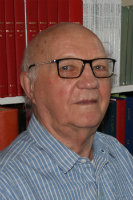 It is with sadness we have to pass on news of the recent death of Prof. David
It is with sadness we have to pass on news of the recent death of Prof. David 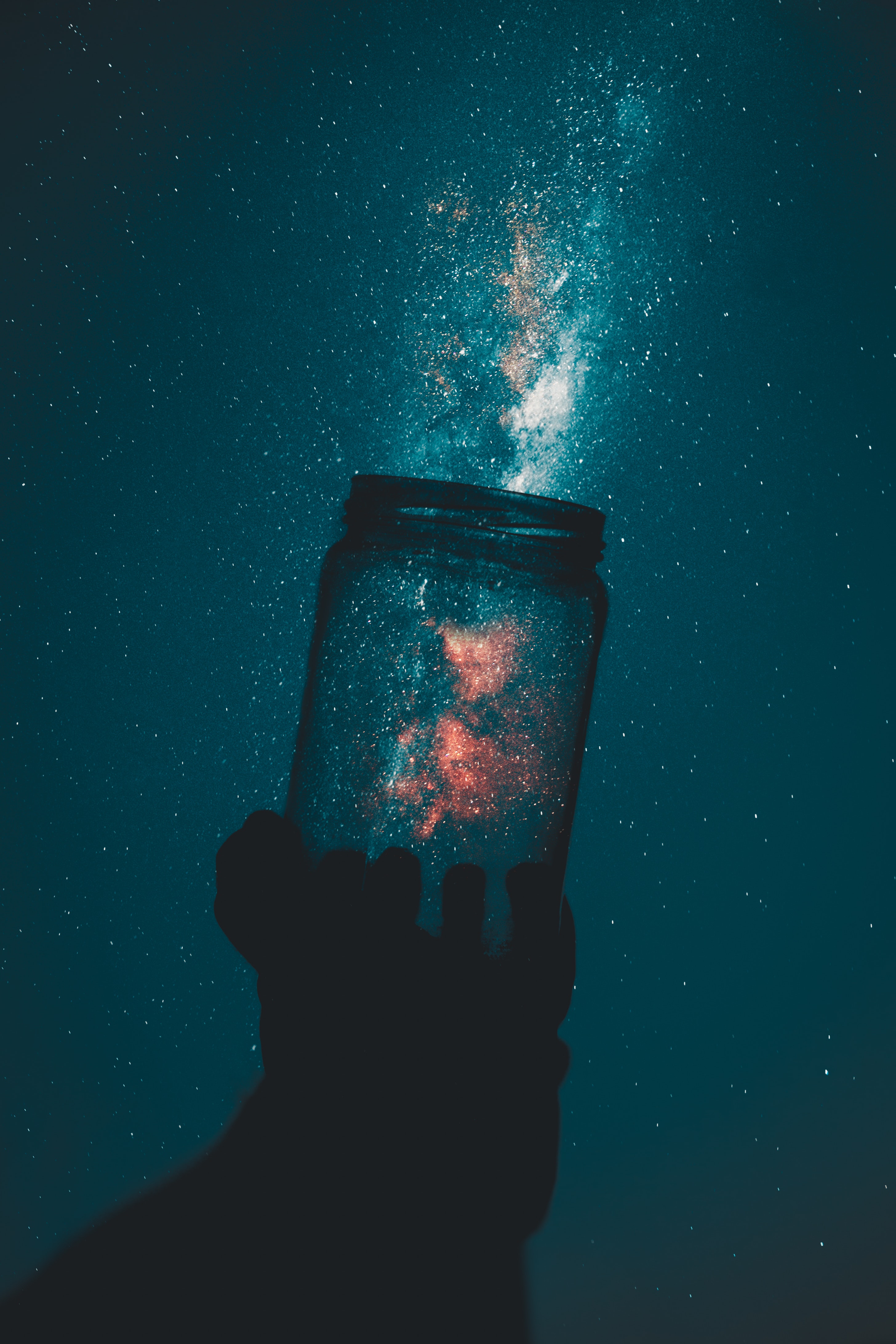 We don't have to worry about our planetary passports quite yet. As a species, we're still "light years" away from space babies, but the
We don't have to worry about our planetary passports quite yet. As a species, we're still "light years" away from space babies, but the 